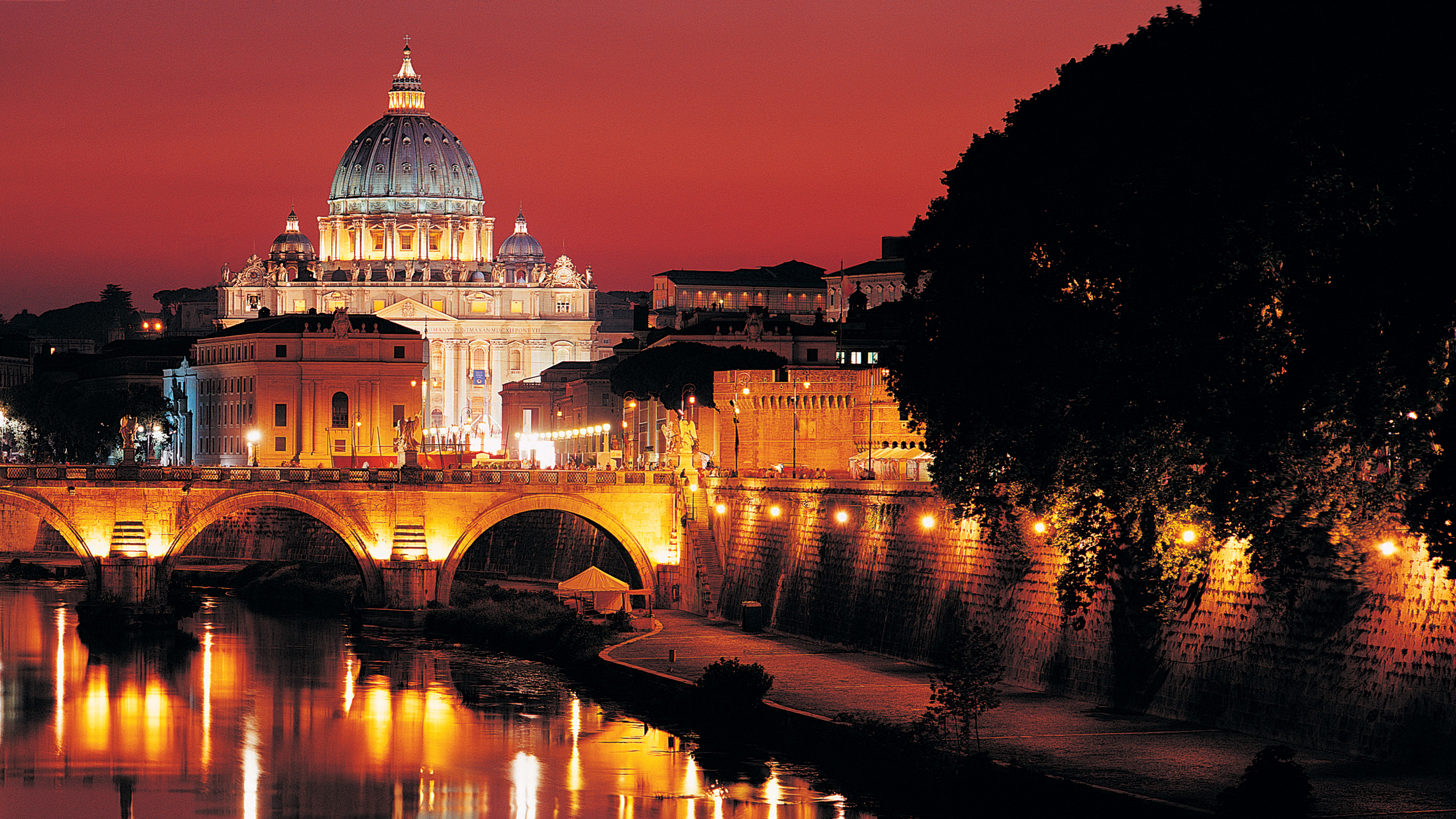

The region is also rich in historical heritage: the Panagyurishte Treasure one of the best known surviving artefacts of Thracian culture, the Thracian Tomb of Kazanluk dating back to 4th century BC is a UNESCO World Heritage site, and Plovdiv (the second largest city in the country) is the oldest continuously inhabited city in Europe. Northern Thrace is an area of lowlands along the rivers Maritsa and Tundzha, that are very fertile and rich in fossil fuels. Some of the most developed cities in Bulgaria, such as Plovdiv and Stara Zagora are found in the region. The mountain is also the home of the Strandzha National Park. Strandzha is an area with a large concentration of ruins of Thracian sanctuaries and sacrificial altars, dolmens and other archaeological objects. As an economic and tourist centre, it is called the sea capital of the country.Ī relatively low mountain, Strandzha is known for the specific architecture that can be observed in Malko Tarnovo, Brashlyan and most other villages, the rich folklore and distinctive rituals, such as nestinarstvo (barefoot dancing on live embers), that preserve numerous pagan elements. Varna to the north, is the third largest city in Bulgaria. Most of the towns and villages along the coastline can be traced back to Ancient Greece: the town of Nessebar, for example, has a central ancient part that is a UNESCO World Heritage site.
.png)
With settlements ranging from small calm villages, through luxurious five-star resorts, to modern urban cities, the Bulgarian Black Sea Coast can satisfy any taste and during the days of the hot Bulgarian summer. The Bulgarian seaside has one of the best beaches in Europe. Veliki Preslav was said to be one of the greatest cities of the early Middle Ages comparable only to Constantinople. The first two Bulgarian capitals, Pliska and Veliki Preslav, are in Dobruja. During the Renaissance the towns of Rousse and Pleven were the centres of Western culture in the region.Ĭalled the Granary of Bulgaria, the region produces most of the country's world class wheat among other grains grown locally. The capital of the Second Bulgarian Empire Veliko Tarnovo, home of Tsarevets, is one of the best preserved medieval castles.
#Call of roma wiki full
Also called Moesia by the name of the area during Roman times, the Bulgarian North is full of remains form ancient forts most notably the great harbour city of Sexaginta Prista in Rousse and the fortress Baba Vida in Vidin. The region is situated between the river Danube to the north and the Balkan to the south is entirely a plain region.


 0 kommentar(er)
0 kommentar(er)
